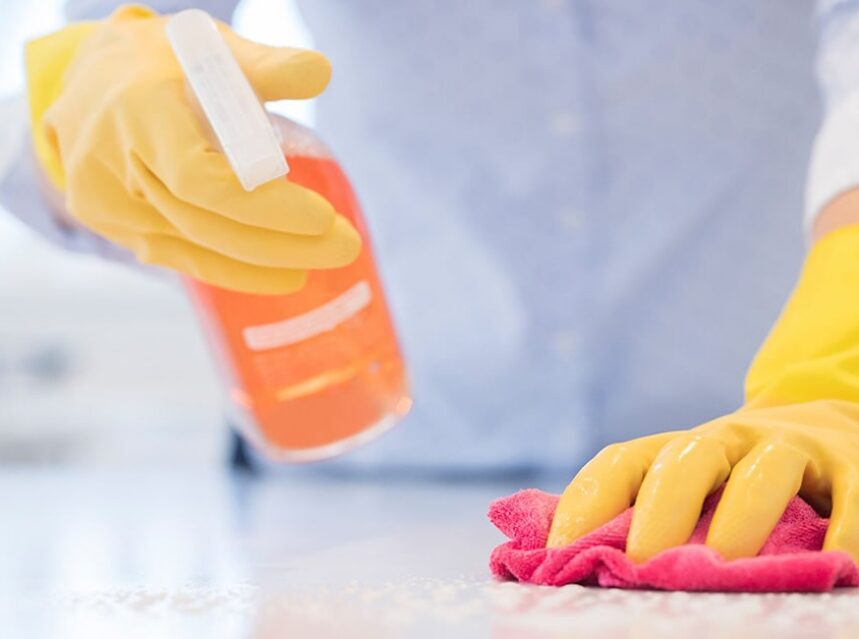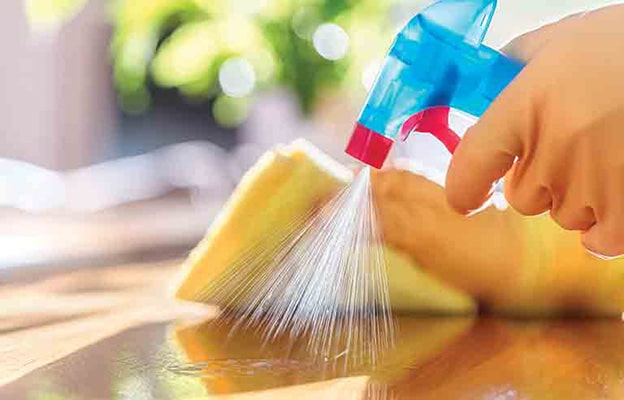
On February 11th, 2020, WHO announced the name of a new disease from the virus of Coronaviridae family in the Nidovirales order known as the “COVID-19”. The virus is named Corona (Latin name crown) due to the presence of the crown-like structure on its outer surface. The symptoms of COVID-19 may include fever, coughing, shortness of breath, sore throat, runny nose, etc. There are three primary routes for the transmission of COVID-19 viruses from the contagious person to a healthy person:
- Direct Route
- Indirect Contact
- Airborne Transmission
The direct mode transmission implies the transfers of virus between infected and susceptible hosts via person-to-person contact. While the indirect mode of transmission indicates the transmission of the virus from the objects used by the infected person or the immediate environment of the infected individual. The airborne transmission of the virus occurs through the droplet spray formed during natural human exhalation. The virus may survive on a surface for a few hours or up to several days.
COVID-19 has acutely affected our cleaning and sanitization standards. Mundane household tasks have turned into a source of uncertainty and anxiety as families grapple with getting the basic tasks done, all while keeping their loved ones safe and healthy.
Here’s how COVID-19 has changed our perspective towards cleaning and sanitization:
Washing hands
Washing hands were only due before eating food or after using the restroom, if not necessary. But as we know, washing hands is the best line of defence against COVID. The new norm is to frequently wash our hands with soap for at least 30 seconds. The first thing we do after we enter our homes, is to wash our hands. We are now accustomed to immediately wash our hands after we contact a high-touch hotspot surface.
The application of hand sanitizers have also increased enormously, during corona times. Zytec hand sanitizers are one of the best sanitizers to fight the coronavirus. Any sanitizer which contains more than 70% of alcohol, ensures that your hands are free of the virus.

Cleaning and disinfecting high-touch surfaces
High-touch surfaces refer to the common parts or accessories in your home that are most frequently, physically contacted. These include door knobs, window panes, tables, chairs, handrails, kitchen and bathroom surfaces, taps, toilets, light switches, mobile phones, computers, tablets, keyboards, remote controls, game controllers and favourite toys.
Pre-COVID, we never thought of cleaning and disinfecting these surfaces. All we used to do was to clean it with a dry piece of cloth to free off the debris. But now, it is advised to regularly clean all high touch surfaces with a disinfectant containing more than 70% alcohol.
Handling food packagings
The good news is that there is no solid evidence to prove that COVID can be transmitted through food. However, it is possible to catch the virus from an infected utensil or plastic packaging.
Eating out at bars and restaurants is least preferred by anyone because we never know if the spoon or fork we are eating with was properly sanitized. Packaged food is now handled with extreme care due to health concerns. Furthermore, food take-out containers are thrown away right after reaching home and the food in it is taken out in a plate or bowl. In case of cans, wiping with a disinfectant before storing is a precaution that was never thought about before COVID.
To sum it up, COVID-19 has completely changed our perspective of cleaning and sanitation as the world had never seen a disease like this. Moreover, it has also affected our hygiene concepts because extreme care is practiced in order to stay healthy during the pandemic. Although vaccines have been introduced in different countries, it will still take some time for the virus to disappear. Until then, remember to pay attention to your cleanliness and sanitation at all times.
_____________________
To view the original post visit: https://totimes.ca/how-covid-changed-our-perspective-towards-cleaning-and-sanitization/
Leave A Comment
You must be logged in to post a comment.